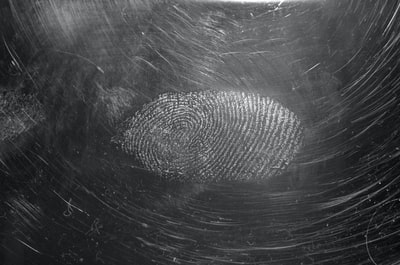Atoms are composed of protons, neutrons and electrons.
- The protons and neutrons and located in the nucleus which sits in the middle of the atom. The electrons surround the nucleus, arranged in different energy levels.
- An atom becomes a positively charged ion if it loses one or more electrons.
- An atom becomes a negatively charged ion if it gains one or more electrons.
- One of the first scientific ideas about the structure of an atom was the plum pudding model.
- This was proved wrong and the nuclear model took its place.
- The number of protons an atom contains is known as its atomic number.
- The sum of protons and neutrons in an atom is known as its mass number.
- An isotope is an atom of the same element but which contains different numbers of neutrons.
- Background radiation is given off by natural sources and artificial sources.
- Natural sources are how most people come into contact with radiation, mainly radon gas.
About 15% of their background radiation comes from artificial sources, mainly medical X-rays.
- People who work in environments where radiation is present wear special film badges which contain photographic film.
- When a Geiger-Muller tube absorbs radiation an electrical pulse is triggered.
- Radioactive atoms can release alpha, beta or gamma radiation.
- An alpha particle is made up of two protons and two neutrons.
- Beta radiation is composed of high energy electrons which are given off from the nucleus.
- Gamma radiation is a form of electromagnetic radiation.
- Alpha radiation has a positive charge and penetrates the least
- Beta radiation has a negative charge and is absorbed by a thin sheet of aluminium.
- Gamma radiation penetrates the most and has a neutral charge.
- Alpha and beta particles can be deflected using an electrical or magnetic field but gamma radiation can’t.
- Living cells can be damaged by radiation when it collides with them. Alpha radiation is more dangerous inside the body and beta and gamma radiation is more dangerous from outside the body.
- When the nucleus breaks down it changes the atom into another completely different one: a radioactive isotope.
- The time taken for half a nuclei of a radioactive substance to decay is called the half-life.
- Doctors can use radioactive chemicals as tracers while in industry, radiation can be used to control the thickness of certain materials.
- In alpha decay the atomic number goes down by 2 and the atomic mass goes down by 4.
- In beta decay the atomic number goes up by 1 and the atomic mass doesn’t change.
 Atoms are composed of protons, neutrons and electrons.
Atoms are composed of protons, neutrons and electrons. About 15% of their background radiation comes from artificial sources, mainly medical X-rays.
About 15% of their background radiation comes from artificial sources, mainly medical X-rays.